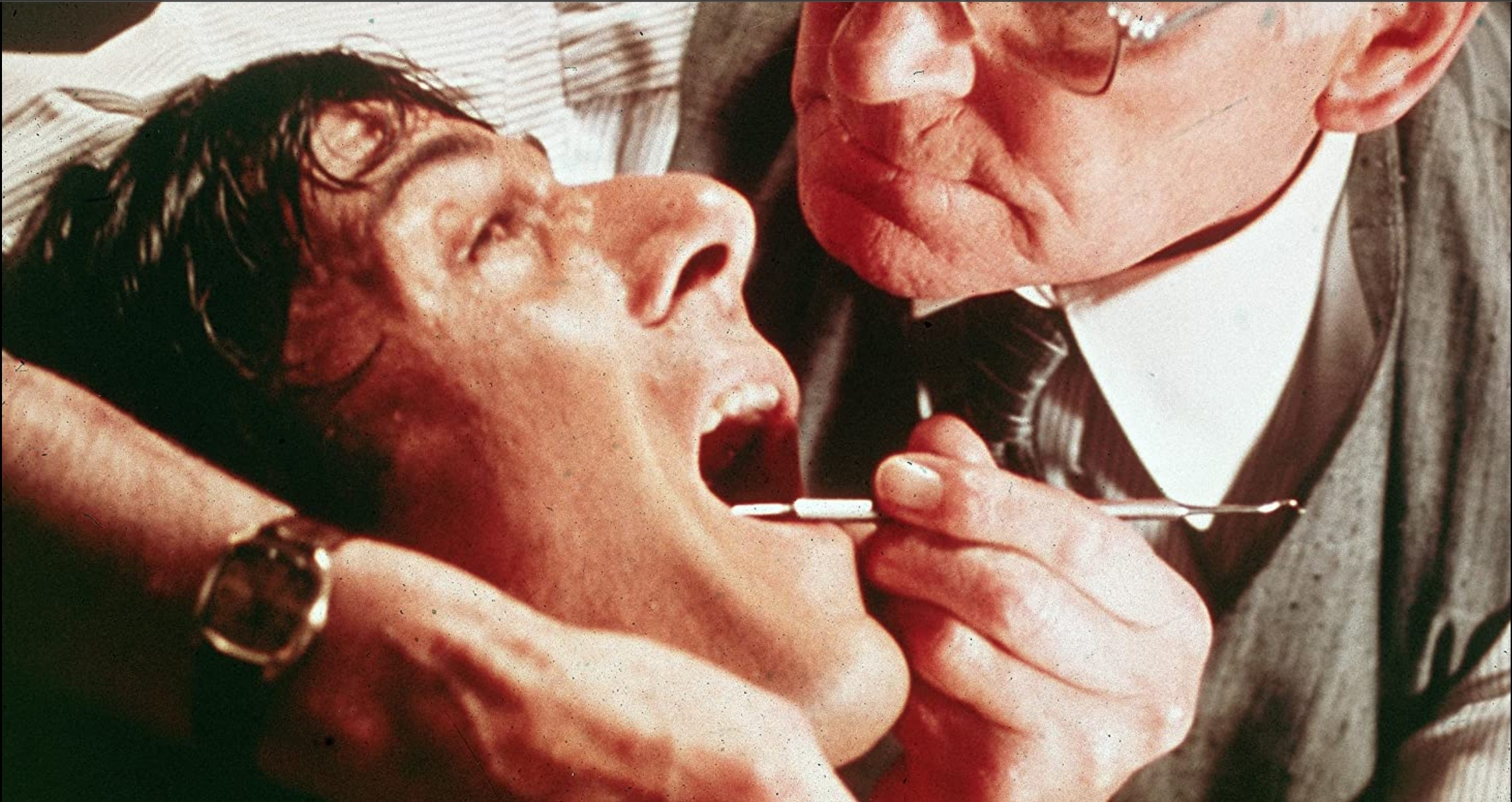News Commentary | ‘Is It Safe?’
Trust but Verify When Getting into Dental Chair

What kind of person calls a newspaper office early Saturday morning? More to the point, who picks up the phone? The answer to the second question is me. The answer to the first question is I don’t really know. The Voice gave me a name, but I doubt it was real.
The issue at hand was dental care, an industry in which the Voice is employed. The Voice worried it could lose its job if quoted by name. When talking about COVID-19, the Voice noted, no one talks about the safety of frontline dental workers, the people who scrape the plaque off your teeth that wouldn’t be there had you flossed as you were supposed to. The people who take dental x-rays by inserting those excruciating hard plastic wedges in your mouth that cut sharply into the underbelly of your tongue.
Out of 1,000 occupational categories, frontline dental workers, the Voice noted, face the highest, most immediate risk of COVID exposure. That “front line” includes dentists, dental assistants, and dental technicians. All three occupations put themselves at risk, the Voice stated, but not all three share equally in the potential rewards. The real problem, the Voice cautioned, is not just the inequity of the relative risk-reward ratios, but that most dental offices are simply not adequately equipped to treat patients safely.
That’s because when it comes to infected droplets of saliva — not to mention their aerosolized equivalent — the human mouth qualifies as the Mount Vesuvius of potential disease. Until last Friday, however, this reality was only of theoretical interest; all dental operations — except for those deemed emergency interventions — had been effectively shut down by executive fiat, courtesy of Governor Gavin Newsom and all 58 of California’s county public health officers. This Friday, however, Santa Barbara Public Health Officer Dr. Henning Ansorg—and Governor Newsom — eased restrictions on elective medical procedures. That now includes a visit to the dentist.
“Are you at all interested in this?” the Voice demanded.
I was and said so. Over the years, I have seen way too much of my dentist and he way too much of me. For a while, every time I went, I marked the occasion by watching Marathon Man, the great B-minus film in which Sir Laurence Olivier plays the Nazi dentist who tortures Dustin Hoffman — whom he suspects of knowing too much — with instruments of his medical profession, repeatedly asking the bewildered Hoffman, “Is it safe?”
More than that, I was scheduled to have a molar yanked just as the COVID curtain came crashing down. My dentist politely notified me that all bets were off for the indefinite future. No one wants a tooth pulled, but in my case, the delay increases the risk that the gathering storm of tooth decay — that stuff that shows up on x-rays as a dark, inky amoeba on the prowl — may colonize my jawbone. Should that eventuality come to pass, the sort of surgery I’ll need requires a chainsaw to perform.
I’ve seen that movie before. I know how it ends.
When working on dental patients, the Voice pointed out, there’s no such thing as social distancing. Dental workers are 20 inches away from the mouth, not six feet. The aerosolized spray of human saliva — coupled with the vaporized mists coming off a dental drill infused with tiny specks of crusty tooth meat — hovers in the air for three hours.
“When you sit in that chair, you want to know who sat there before and how long ago,” the Voice pointed out. Many offices, the Voice noted, have an open floor plan, meaning there are no walls separating the dental stations from each other. “It’s a perfect petri dish,” the Voice said. Carpeted offices, it added, were to be avoided. “How long does it take to sterilize a rug?” it asked.
All dental workers should be equipped with gowns, masks, gloves, and face shields — otherwise known as PPEs. Most offices are not so equipped. The only way to be truly safe, the Voice cautioned, was to test dental workers every day — and patients before their appointments — to determine if they were COVID-positive. That possibility does not exist, the Voice acknowledged, given chronic test kit shortages.
The new orders allowing expanded dental visits come with all kinds of caveats and fine print. Dental clinics are to adhere to guidelines promulgated by the American Dental Association, the California Dental Association, and, of course, the Centers for Disease Control and Prevention.
“But patients are not aware what’s in those,” the Voice added. “We have much work to do.” Many of those guidelines, the Voice objected, are just that — guidelines. “That’s not cool,” it said. Even less cool, it said, many of those guidelines can’t be complied with, given the physical restrictions imposed by the layout of most offices.
Like many in the medical field, the COVID emergency shutdown was been an economic death sentence for dentists and their auxiliary staff. Everyone needs to get back to work. “I get it, I get it, I get it,” the Voice stated. Dental workers, it added, are not asking many questions. “No one wants to lose their job. I get that, too.”
Not everyone, the Voice said, is as afraid as they need to be. “Do I need to say more?”
At the Santa Barbara Independent, our staff continues to cover every aspect of the COVID-19 pandemic. Support the important work we do by making a



